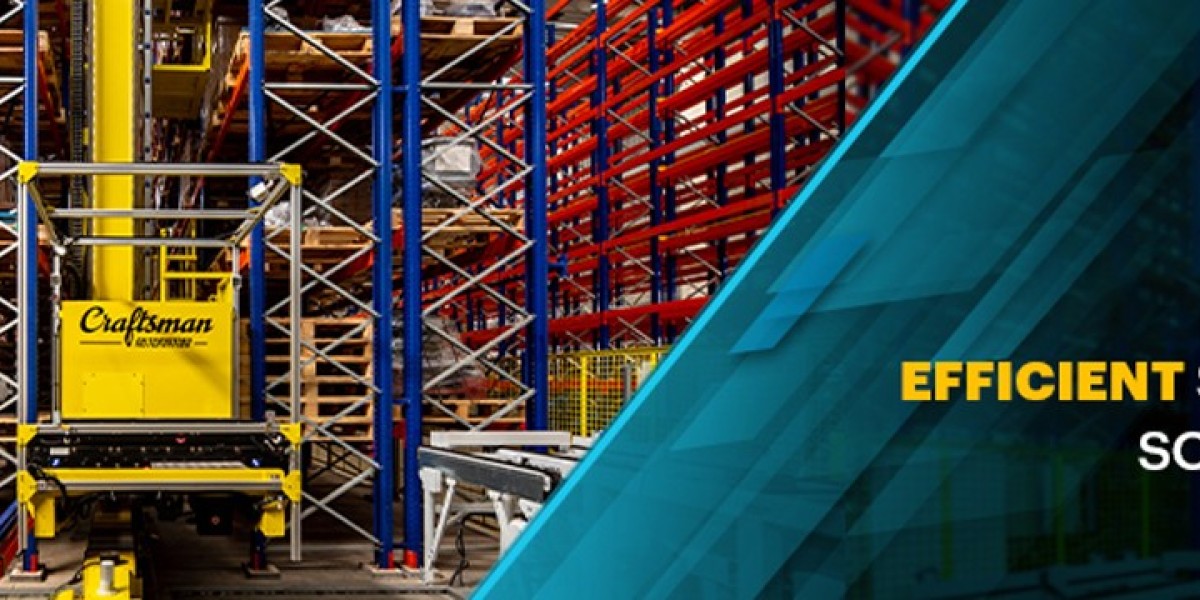Next.js is a powerful React framework that offers features like server-side rendering (SSR), static site generation (SSG), and API routes. It simplifies complex development workflows, enhances performance, and provides a robust foundation for scalable web applications. In this article, well explore the technical aspects of Next.js, highlighting its core functionalities and optimizations.
1. Server-Side Rendering (SSR) and Static Site Generation (SSG)
One of the primary advantages of Next.js is its ability to support server-side rendering (SSR) and static site generation (SSG). These two rendering strategies significantly impact performance and SEO:
SSR: The page is generated on the server at request time. This ensures up-to-date content but requires a request to the server for each page load.
SSG: Pages are pre-rendered at build time and served as static HTML, improving speed and efficiency.
Incremental Static Regeneration (ISR): Next.js enables re-generating static pages after deployment, allowing updates without rebuilding the entire site.
These methods make Next.js an excellent choice for applications that need a balance between dynamic and static content.
2. API Routes and Middleware
Next.js provides built-in API routes, allowing developers to create serverless functions within the same project. This eliminates the need for a separate backend service in many cases.
API Routes
API routes are created inside the pages/api directory. These endpoints can handle:
RESTful APIs for database operations
GraphQL endpoints for fetching data
Webhook handlers for real-time event processing
Example API route:
export default function handler(req, res) { if (req.method === 'GET') { res.status(200).json({ message: 'Hello from Next.js API!' }); }}Middleware
Middleware in Next.js allows handling requests before they reach the final destination. This is useful for:
Authentication and authorization
Rate limiting and caching
Custom redirects and rewrites
Using middleware:
import { NextResponse } from 'next/server';export function middleware(req) { if (!req.cookies.auth) { return NextResponse.redirect('/login'); }}3. Image Optimization with Next.js
Next.js includes a powerful next/image component for automatic image optimization, reducing load times and improving Core Web Vitals.
Benefits of next/image:
Automatic lazy loading
Responsive images
Optimized formats (WebP)
On-demand resizing
Example usage:
import Image from 'next/image';Image src="/example.jpg" width={500} height={300} alt="Example" /4. Internationalization (i18n)
For global applications, Next.js offers built-in internationalization support. By configuring the i18n property in next.config.js, developers can define locales and domain-based routing.
module.exports = { i18n: { locales: ['en', 'fr', 'es'], defaultLocale: 'en', },};This allows Next.js applications to serve different languages efficiently without needing third-party libraries.
5. Static Site Optimization with getStaticProps and getServerSideProps
Next.js optimizes data fetching with two core functions:
getStaticProps (SSG)
Fetches data at build time and generates static pages.
export async function getStaticProps() { const data = await fetchData(); return { props: { data }, };}getServerSideProps (SSR)
Fetches data at request time, ensuring the most recent content.
export async function getServerSideProps(context) { const data = await fetchData(); return { props: { data }, };}Using these functions optimally enhances performance and SEO.
6. Deployment and Hosting Options
Next.js applications can be deployed on various platforms, including:
Vercel (Recommended): First-class support with built-in optimizations.
Netlify: Great for JAMstack applications.
AWS Amplify: Scalable and serverless deployment.
Self-hosting: Running a Next.js app on a custom server using Node.js.
For self-hosting, a basic setup with Node.js:
npm run buildnpm run start7. Edge Functions and Performance Enhancements
Next.js leverages Edge Functions for ultra-fast execution, running at the network edge. This reduces latency and improves response times for global users.
Other performance optimizations include:
Automatic code-splitting for faster page loads
Prefetching links for seamless navigation
Built-in SWC compiler for faster builds
Why Choose Celadonsoft for Next.js Development?
Next.js offers an exceptional development experience, but its proper implementation requires expertise. Celadonsoft specializes in building scalable, high-performance Next.js applications. Whether you need a custom web platform, an optimized eCommerce solution, or a lightning-fast static site, Celadonsoft can help you bring your vision to life.
With deep knowledge of SSR, SSG, API routes, and edge functions, Celadonsoft ensures your Next.js project is efficient, scalable, and tailored to your business needs.
Our Next.js development company leads the excellence in modern web solutions.








